 |
| The Shwedagon Pagoda in Yangon |
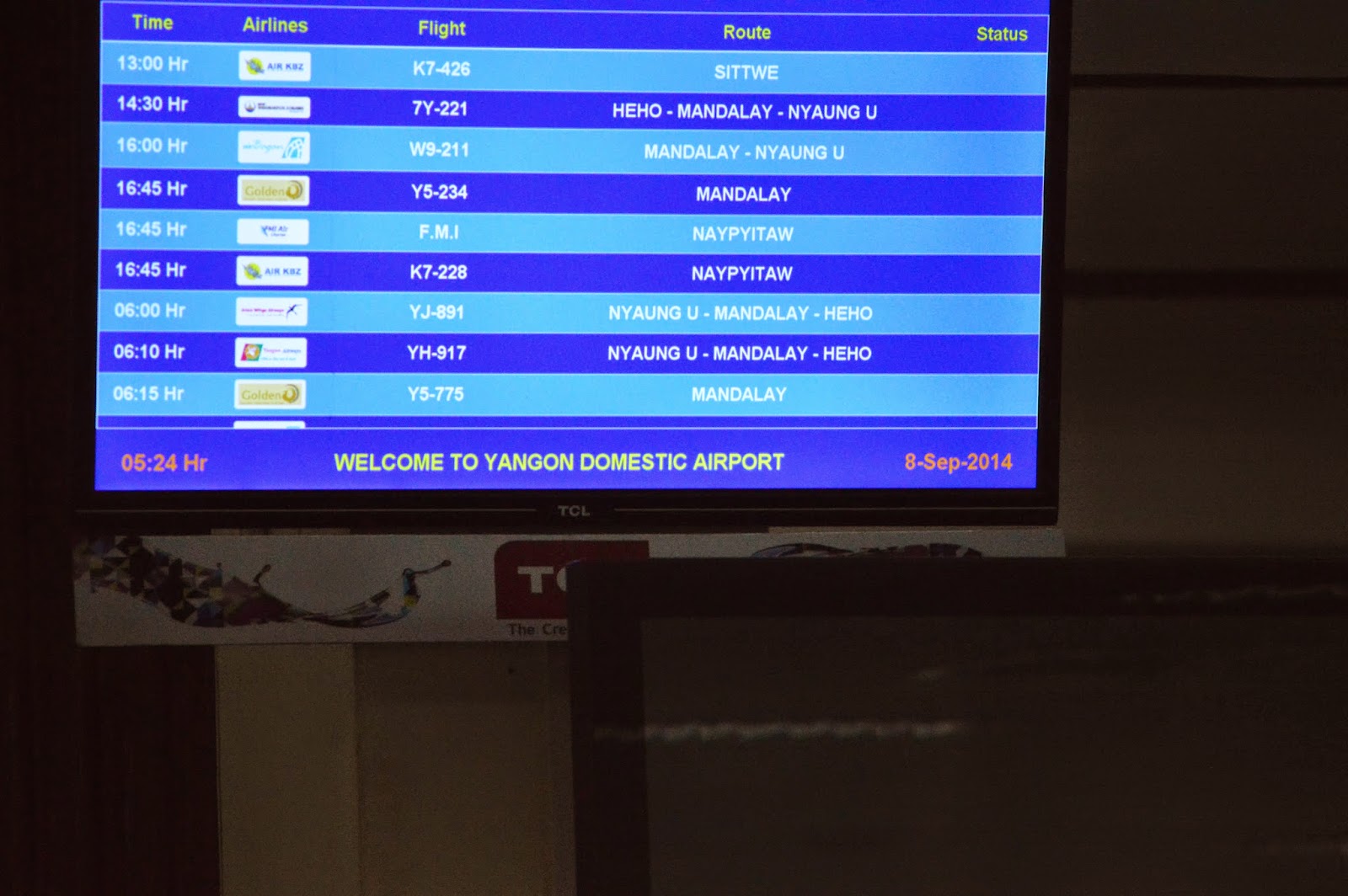 |
| Airports are busy with domestic flights |
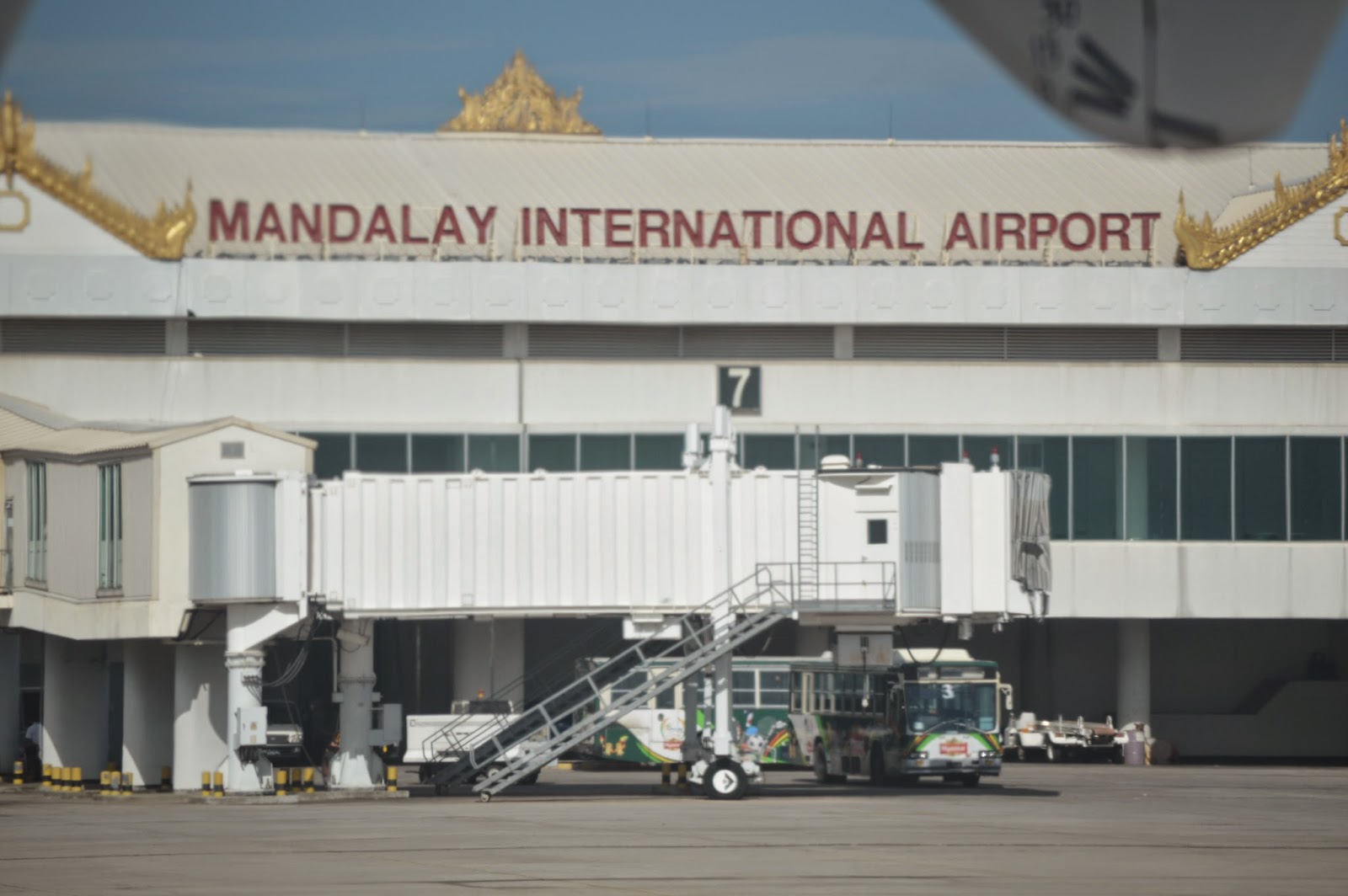 But traveling across some parts of the country, it is more than apparent that Myanmar’s rulers have decided to put the welfare and uplift of its common citizens at the centre of the change. Infrastructure development in the form of roads, telecom, electricity supply and transport services is improving rapidly. Even the civil aviation sector is growing rapidly with as many as a dozen private low cost airliners now connecting the distant small towns in remote provinces giving a boost to tourism like never before.
But traveling across some parts of the country, it is more than apparent that Myanmar’s rulers have decided to put the welfare and uplift of its common citizens at the centre of the change. Infrastructure development in the form of roads, telecom, electricity supply and transport services is improving rapidly. Even the civil aviation sector is growing rapidly with as many as a dozen private low cost airliners now connecting the distant small towns in remote provinces giving a boost to tourism like never before. |
| Bagan: the ancient capital |
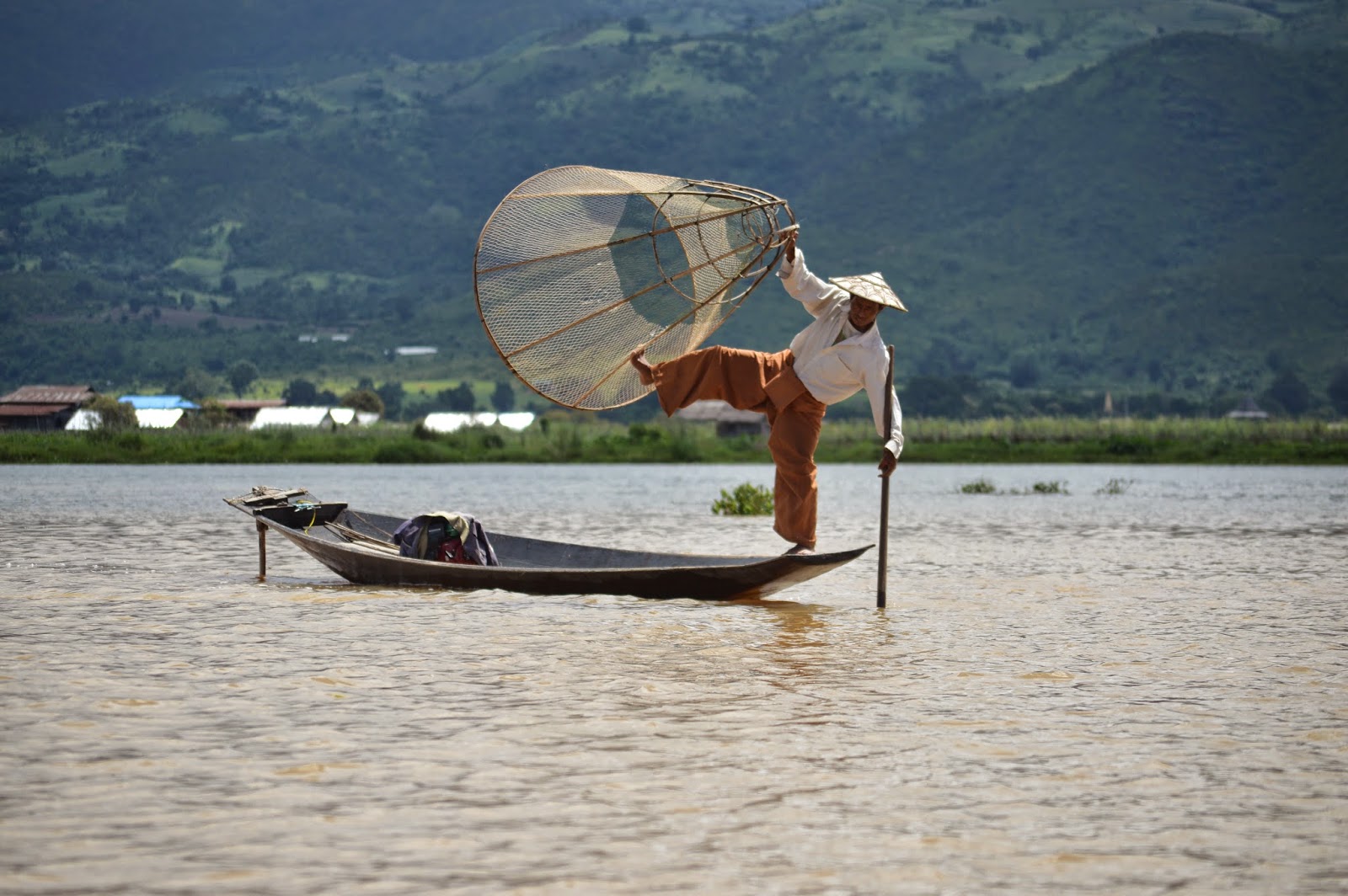 |
| The famous Inlya Lake fisherman |
Two years ago then Prime Minister Manmohan Singh went to Myanmar and described India and Myanmar as “natural partners.”
He suggested tapping the huge unrealised potential of the economic relationship between the two countries for mutual benefit. During that two-day trip, India and Myanmar signed a number of agreements and put in place a road map for the rapid development relations in the years ahead.
As diplomatic visits go, it was a great success. But it takes more than usual platitudes to translate a triumphant state visit into a long lasting relationship, coming as this one does after a relatively low profile engagement over the past decade.
In fact the Indian Prime Minister’s visit to Myanmar came after leaders from Bangladesh, US, South Korea and Britain had already made their forays into Myanmar. New Delhi, ever so cautious — or laggard, depending on the prism through which one sees its approach — has only now tentatively taken the first steps to cash in on Myanmar’s opening up. As the Prime Minister pointed out: “Myanmar, with its unique” geographic location, can be a bridge linking South and South East Asia to East Asia and there is much untapped potential in our economic relationship.”
 |
| The Mahamuni pagoda in Mandalay |
After all, India has a major partnership with her neighbouring ASEAN countries in trade and investment.
Myanmar, now a member of ASEAN, has become a major link between India and ASEAN countries. And North East, particularly Manipur ought to become the center of thriving and integrated economic space linking two dynamic regions with a network of highways, railways, pipeline, and transmission lines crisscrossing the region.
And therefore development of the North East is thus integral to India’s policy on Myanmar.
Indian private sector companies have a good track record of setting up greenfield airports and ports. These could be additional areas of our collaboration.
 |
| The beautiful Inlya Lake in Shan State |
In terms of land connectivity, India’s National Thermal Power Corporation has envisioned a vision plan for the next 20 years. Additional rail link and the Sittwe-Aizwal-North Assam road link are also new plans. These should be viewed as long term strategic investments from India and be expedited.
Manipur, shares a 398-km border with Myanmar. But more importantly the border town of Moreh has been a traditional trading hub with Myanmar and therefore has vast potential to become a major export centre from India for the South-East Asian region. Here’s why: According to available statistics, bilateral trade between India and Myanmar more than doubled between 2005 and 2010, expanding from $557 million to $1.2 billion, most of it through Moreh. Disappointingly though, it pales in comparison to the bilateral trade between China and Myanmar which in 2010 amounted to an estimated $3 billion.
 |
| A mother with her child outside a Pagoda: Happy people |
Nevertheless, with better connectivity and implementation of various development projects, the Asian Highway would enable the North-East region to become a business hub of South Asia. Economic linkages already exist by virtue of the prevailing legal and illegal trade between India and Myanmar through Moreh, a business border town in Manipur, and Tamu in Myanmar. Concrete economic benefits are expected to come up in the region with establishment of border haats. In addition, internal trade routes have the potential to enhance accessibility to sub-regional markets that connect Bangladesh, Myanmar and Bhutan.
Thus, with the coming of the Asian Highway, Myanmar will become the point of convergence as well as the linking route between India and the other South-East Asian countries. That, in turn, will lead to the creation of more secure and safe living spaces for the populace residing on either side of the border.
But there are apprehensions too. Local people in the North East fear that the opening of the Asian Highway and absence of inadequate enforceable regulation on immigration, illegal migration into the region may increase manifold. Also past promises have not been translated into real progress.
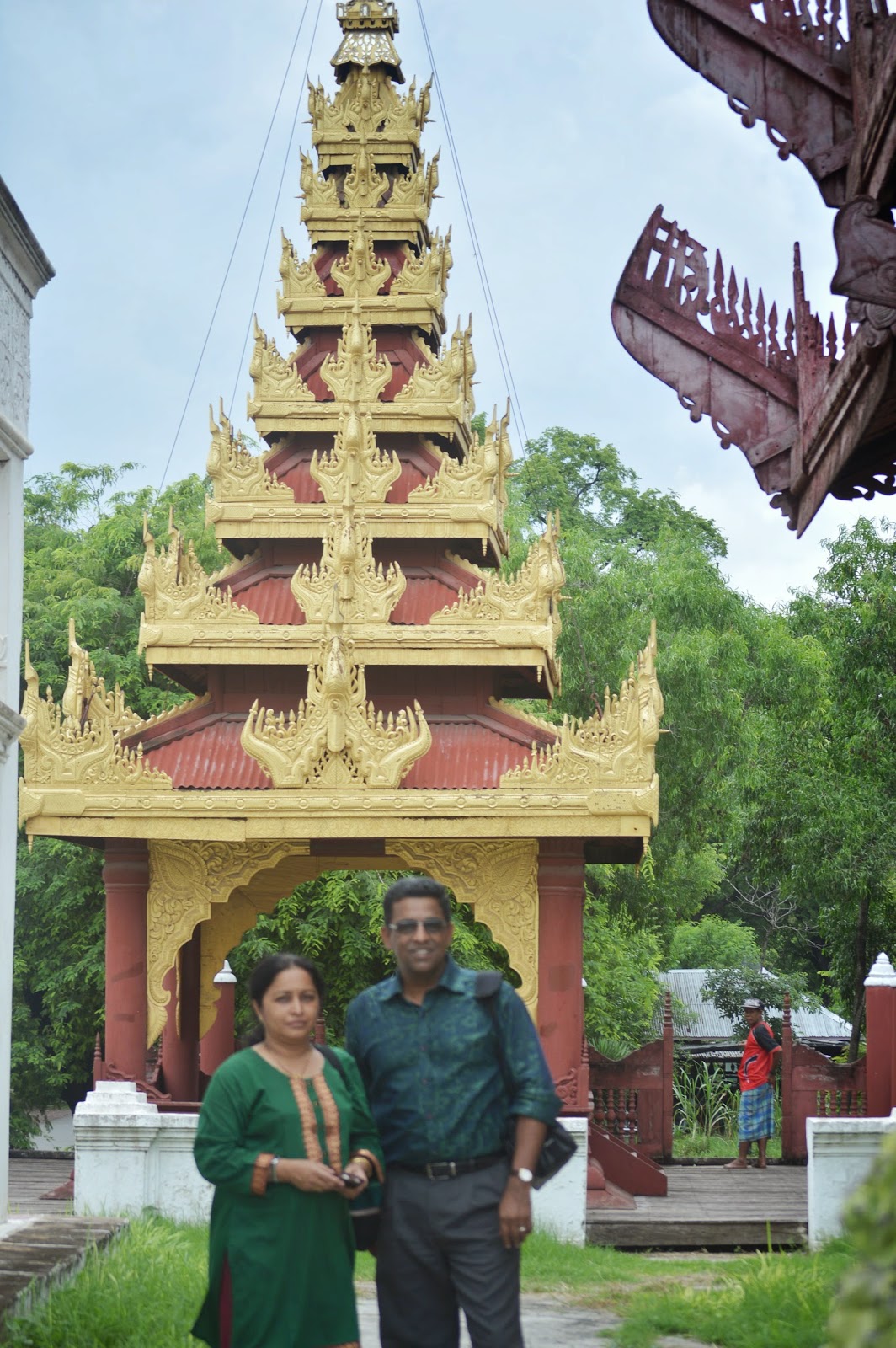 |
| Us at the Mandalay Palace |
Many remembered November 2004, when a similar car rally was organised between Guwahati and Singapore, passing through the Indian states of Assam, Nagaland and Manipur. Then too, the rally was seen as the beginning of a new era in connecting India’s isolated North Eastern region to East and South East Asia. Manipur, in particular hoped the new initiative would help it overcome its inherent handicap of being a remote and landlocked state, as it would have brought huge improvement in infrastructure, particularly the roads leading in and out of the state.
Alas, that was not to be.
It is the failure of actualising intent that rankles in Manipur. That, combined with multiple frustrations emanating from prolonged bouts of economic blockades, a state administration in terminal atrophy and the continued and unchallenged writ of underground armed groups, has left the people despondent. It is this hopelessness that the Centre and state government must work hard to overcome. For that, a solution to long-standing ethnic insurgencies has to be found in double-quick time.
Now is the time to press for peace and security in Manipur since politics in Myanmar are undergoing a dramatic change. With the junta taking tentative steps towards genuine democracy and showing signs of warming towards India, New Delhi must seize this moment to establish lasting trade and cultural ties with its eastern neighbour. But before India can play a larger role in Maynmar, it needs to fix Manipur’s broken socio-political landscape.
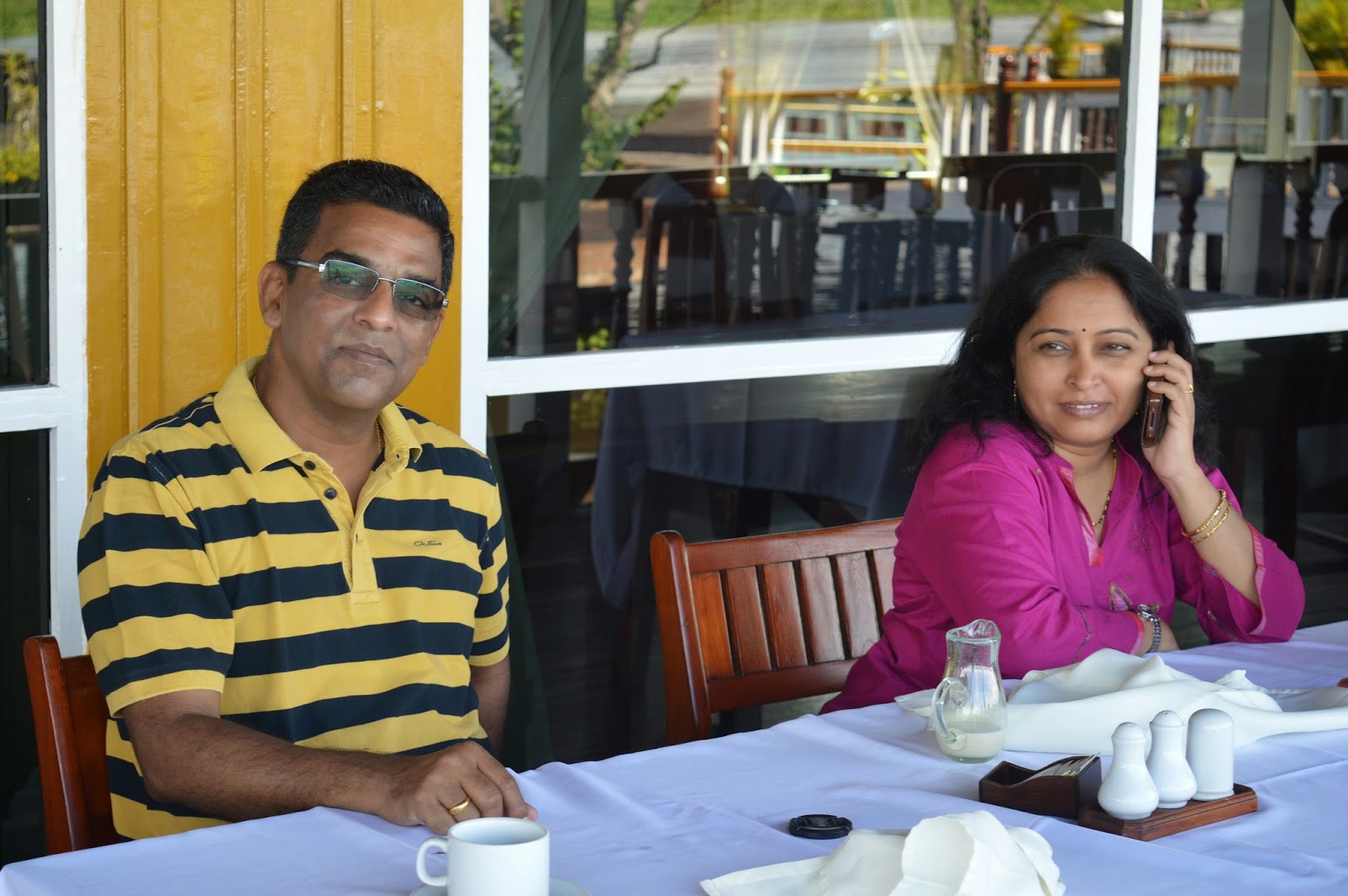 |
| A superb holiday destination so far ignored by Indians |
Manipur and to a lesser extent Nagaland must take advantage of the liberalisation that is taking place in Myanmar. But that potential can be fully realised only if New Delhi starts looking at Manipur as an important starting point in India’s ‘Look East’ policy instead as a dead end of the country’s road network.


October 9, 2014 -
A very well conceived article. Enjoyed reading